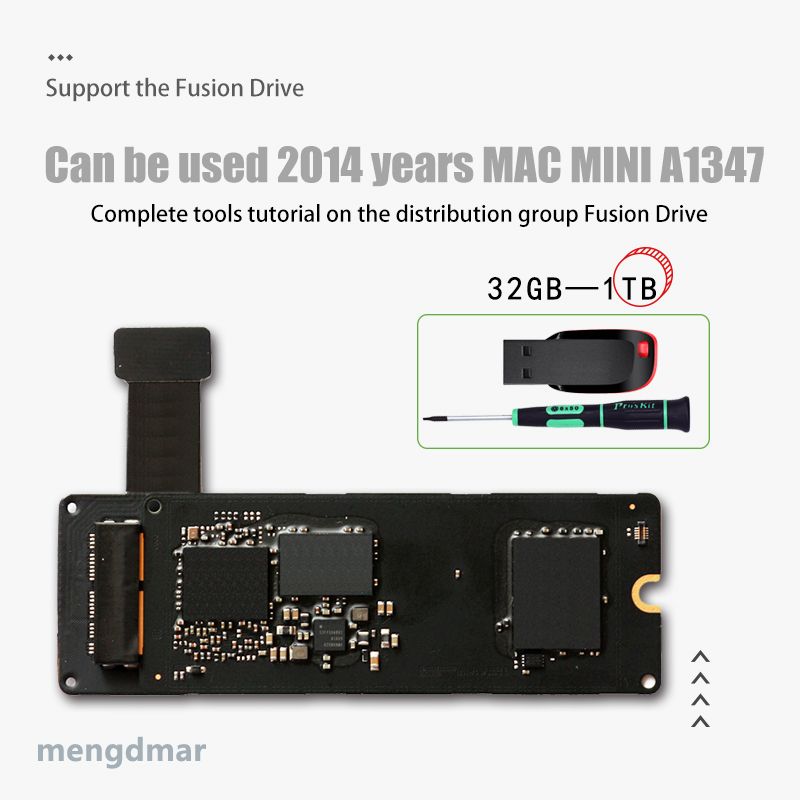

- #How to install ssd in mac mini 2014 how to#
- #How to install ssd in mac mini 2014 mac os x#
- #How to install ssd in mac mini 2014 upgrade#
- #How to install ssd in mac mini 2014 full#
Read the subsequent boot note carefully and click “Finish”.ġ.6. After that, click “Next” to continue.ġ.5. If you choose “Clone Disk Quickly” method above, you can change partition size in this window. Select the destination disk and tick “Optimize the performance of SSD”. ②“ Sector-by-Sector Clone”: will copy every sector to the destination disk, so the destination disk must be larger than the source disk.ġ.3. So you are allowed to clone large disk to smaller disk as long as the destination disk is larger than the used space of the source disk. ①“Clone Disk Quickly”: only copies the used space to the destination disk. Choose a disk copying methods as you need and click “Next”. Right-click the system disk and select “Clone Disk”.ġ.2. Install and launch AOMEI Partition Assistant Professional to enter its main interface.


√The AOMEI Partition Assistant Professional comes with a Demo Version, so you can download it and have a try first.ġ.1. √Back up everything required on the SSD drive because the cloning process will erase all the data on the destination disk.
#How to install ssd in mac mini 2014 full#
√Make a full backup of your system: to avoid some unexpected accidents such as sudden power failure occurs during the cloning process, it is wise to make a system backup. √Move large applications that you do not want to keep on SSD: if your destination SSD drive is smaller than the current HDD, you can move larger folders to an external drive to reduce used space for cloning to the smaller SSD. If your laptop has only one drive slot, you will need a SATA to USB adapter. √Connect the destination SSD drive to your laptop and make sure it is detected successfully.
#How to install ssd in mac mini 2014 how to#
Below is how to clone HDD to SSD in detail. Moreover, the destination hard disk is bootable after the clone. It can transfer everything including Windows OS on your existing disk to another one by cloning a hard drive. This special task requires a professional disk cloning software like AOMEI Partition Assistant Professional. To move Windows from HDD to SSD drive is not as simple as dragging and dropping, which will make boot files become invalid and not work afterward. The whole process can be divided into the following three steps: Step 1. To install SSD for replacing the old hard drive without reinstalling OS and other applications, you need to first transfer all data from HDD to the target solid-state drive, then remove the old HDD and install SSD into laptop to make it boot from the destination disk. So, you might ask: how to install SSD in laptop without reinstalling Windows? Steps to install SSD in laptop without reinstalling OS What’s worse, the things will become more complicated when you don’t have the Windows installation DVD or the Windows license and software activation keys are lost. To install OS on SSD, you can remove the old hard drive, install the SSD drive into your laptop, then reinstall everything. Therefore, many users plan to replace HDD with SSD in laptop to make OS boot and run much faster. On the other hand, they load everything much faster than HDD (more differences between HDD and SSD can be found in the following table).

Moreover, HDDs tend to be slower in data reading and writing speed.By contrast, SSD drives are more durable because they have no moving parts. Hard disk drives are much cheaper and more common, but they have internal moving parts, so they are more prone to damage. When building your computer, it is hard to make a choice between a solid-state drive (SSD) and hard disk drive (HDD).
#How to install ssd in mac mini 2014 upgrade#
#How to install ssd in mac mini 2014 mac os x#
How to Find Downloaded Files in Mac OS X.How to Make Desktop Shortcuts in Mac OS X.Provided you're comfortable with it, you can now erase all the files on your new portable drive, and use it as external storage. After that, you're all done! Your Mac will restart, and your desktop should appear exactly as it did before you swapped SSDs.


 0 kommentar(er)
0 kommentar(er)
